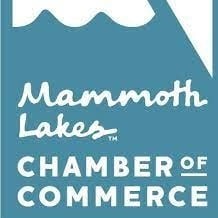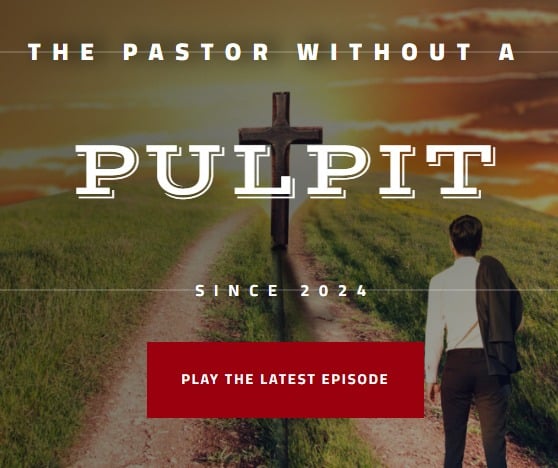
Last Chance Workshop Highlights Inevitability of Wildfires, Need to Prepare
“It’s not if, but when.”
This stark reality echoed through the Tri-County Fairgrounds in Bishop on January 27th during the Last Chance Survival Simulation Workshop (LCSSW). Hosted by the Eastern Sierra Wildfire Alliance, this first-of-its kind workshop in the Eastern Sierra brought together 90 Inyo and Mono County residents to prepare for the inevitable threat of wildfires. A cadre of seasoned experts shared their experiences, tactics, and strategies for informed and prioritized decision-making and survival in wildfire scenarios.
The inception for the LCSSW in the Eastern Sierra came from Angel Avila from the Bishop Bureau of Land Management (BLM) Field Office, who attended this same workshop in San Diego last year. With over 150 years of combined expertise, a distinguished cadre including Rex Hambly (San Diego BLM),
Angel Avila (Bishop BLM), Kirsti Butler (Inyo National Forest), Stan Nelson (CalFire), Tim Noonan and Phil West (Inyo County Sheriff), and some active-duty military personnel delivered engaging presentations, analyzing real incidents and local fire history. The workshop focused on shifting the narrative from fear of wildfires to one of respect and readiness.
- The topics covered included:
Case Studies and Fire Behavior: Analyzing real incidents and understanding local fire history to
gain a sense of what our local fire behavior is and what it might be like to be in an evacuation
scenario.
• Temporary Refuge Site Selection: Identifying characteristics of temporary refuge areas based on
terrain and case studies. Participants learned to look at characteristics of natural and human-made
sites with minimal fuel loads and open areas. Some examples included rocky, open areas near Mono
Lake; scree slopes near hiking trails; the old Kmart parking lot in Bishop; and airport strips up
and down Highway 395. - Ready, Set, Go: Defensible Space, Home Hardening, and Thinking Like a Firefighter to develop a mindset for effective decision-making during emergencies. The main takeaway here was that homes in the Eastern Sierra need to be able to defend themselves because there are few responders with long drive times. And if residents do their part to create defensible space and adequate access, responders may be better able to engage an oncoming fire, increasing the likelihood that they can defend that home.
- Data and Open-Source Intelligence: Recognizing alerts, looking at open-source data, and utilizing information sources to make decisions. Participants learned to look at multiple sources of data like Google Maps traffic app or Windy.com to gather information and make decisions..
- Psychology of Survival and Family-Level Preparedness: Strategies to prepare and fortify households against wildfire threats with emphasis on preparing and practicing evacuations. Going through the motions many times prior to an evacuation can aid in keeping a clear mental and emotional state of being during a crisis so that you and your family can maneuver through it.
- Accessing Survival Areas: Navigating challenges to access survival zones. For example, what do you have in your car that can help you get through a locked gate? Hambly recommended looking for the weakest part of the system to break to gain access to a refuge site.
- Field visits: Participants and instructors gathered at a few different sites around Bishop to apply the concepts learned earlier in the day. The intention was to notice characteristics of evacuation routes and potential refuge areas. Participants engaged in conversations about what they noticed on the way to and at these sites, with thoughts such as: “What would we do if … our main route was blocked by debris or traffic, or we decided to take a shortcut and became trapped, or the wind shifted directions and we needed to look for an open area with minimal fuel to seek refuge?”
The workshop’s messages resonated with community members. Judy Woodworth, a 40 Acres resident, said this workshop “helped us move from a place of fear to thinking clearly about what we would do if we were in a bad place, and that to me, gives me and my neighbors a sense of agency.” Cathy Young from Crowley Lake said she appreciated the practical focus on defensible space. “This was one of the
best workshops I have ever attended in my life,” she said. Patrick and Ginny Cates from the Twin Lakes Estates Fire Safe Council praised the thoroughness, increasing awareness of Temporary Refuge Areas (TRAs).
What do we do now? The Eastern Sierra Wildfire Alliance, a collaborative of stakeholders from Inyo, Mono, and Alpine counties working together to reduce risks of future catastrophic wildfire, strongly encourages residents to continue learning by visiting websites like CalFire’s www.readyforwildfire.org, Ready Mono’s www.ready.mono.ca.gov, and Ready Inyo’s www.ready.inyocounty.us. Then, get involved in local Fire Safe Councils or Firewise USA networks.
These entities provide a framework for action when it comes to home, family, and community preparedness. Remember, it’s not if, but when tragedy strikes.
Special recognition goes out to the LCSSW originators, Rex Hambly with the San Diego BLM Field Office, and the San Diego Fire Safe Council. Recognizing the lack of emphasis on training civilians for late-stage evacuations, they created this program with the hope that realistic simulations would provide residents with mental preparedness. LCSSW’s “goal is to give residents the tools to
increase survivability and maintain the capacity to maneuver,” Hambly said.
A sincere thank you goes out to all community members who attended and all the partners who made this event a success: Great Basin Bakery and Robin Bolser for catering; the Tri-County Fairgrounds, City of Bishop, and Los Angeles Department of Water and Power for allowing the workshop to take place on their properties; Inyo-Mono Resource Conservation District, BLM, Inyo National Forest, and Inyo County Sheriff for sponsoring and supporting the instructors; Inyo and Mono County Offices of Emergency Management for logistical and financial support; the Whitebark Institute and Crystal Medhurst for creating the workshop flyer; and all local news outlets, radio stations, and local agency public information officers for promoting the event.
Funding for this project was provided in part by a grant from the California Department of Forestry and Fire Protection as part of the California Climate Investments Program, through the California Fire Safe Council, and in part through funding provided by the Inyo-Mono Resource Conservation District.
XXXXX
136-A South Jackson Street P.O. Drawer N Independence CA 93526 (760) 878-0120








Discover more from Sierra Wave: Eastern Sierra News - The Community's News
Subscribe to get the latest posts sent to your email.















